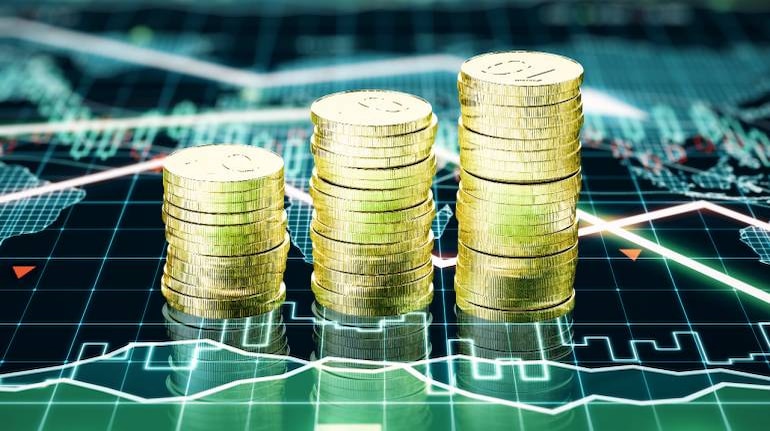



India’s state governments are having to pay more to borrow from the bond market even when their total loans could be lower than in FY21. Concerns over a reduction in surplus liquidity and uncomfortable inflation are some of the reasons behind the recent spike in the cost of borrowing for states.
Analysts at Care Ratings point out that the average cost of borrowing for states is at an 11-month high. To be sure, the fiscal metrics of some states have deteriorated, which could have contributed to the rise in yields for them.
Earlier this week, nine state governments raised Rs 18,887 crore from the bond market through the auction process. The average cut-off yield at the auction was 7.16 percent, the analysts said. Bond yields move inversely to prices.
Yields on state development loans (SDL) have risen sharply so far in FY22, with much of this coming in the second half of the year. Central government bond yields have also risen, with the benchmark 10-year bond yield having climbed more than 60 basis points so far this financial year. One basis point is one-hundredth of a percentage point.
That is because headline retail inflation has been near the higher end of the 2-6 percent flexible target of the Reserve Bank of India.
Bond investors said yields could stay elevated given the persistent concern of inflation. Further, with bond yields climbing globally, the impact on domestic yields is inevitable.
On January 5, the minutes of the December 14-15 Federal Open Market Committee’s latest policy meeting revealed that the Federal Reserve could begin running down its balance sheet sooner than later. That could lead to a reduction in global liquidity progressively and a general upward movement in interest rates.
In reaction, US treasury yields rose and Indian bonds too felt the pressure. The 10-year benchmark bond yield was 6.53 percent, up from 6.50 percent on January 5.
SDLs are priced at a spread over the benchmark 10-year Central government security. This spread between state bonds and the benchmark 10-year Central government bond has also widened. States with weaker fiscal profiles tend to pay a higher spread over the corresponding Central government bond.
As a Care Ratings report pointed out, states have borrowed 15 percent less than they intended to so far in FY22. States are scheduled to borrow Rs 3.24 lakh crore from the bond market during January-March.
Discover the latest Business News, Sensex, and Nifty updates. Obtain Personal Finance insights, tax queries, and expert opinions on Moneycontrol or download the Moneycontrol App to stay updated!